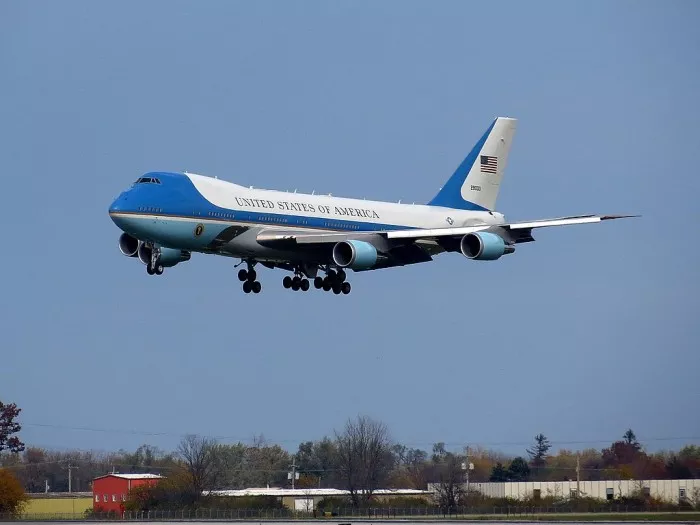According to Reuters reports, the investigation department of the US Congress said on Wednesday that due to the tight labor market of mechanics and the lower than expected safety review rate, the delivery of the new "Air Force One", the next generation of presidential aircraft being manufactured by Boeing, may be further delayed** The report issued by the US Government Accountability Office (GAO) also pointed out that Boeing needs to transfer some interior decoration work to other suppliers, which is a major schedule risk.

"Air Force One" -- printed with the American flag and the words "United States of America" -- is world-famous as the "White House in the air".
The current aircraft has 4000 square feet (372 square meters) of space, including a conference room and a medical suite. The Boeing 747-8 aircraft is designed to fly under the worst security conditions, such as nuclear war, and has been modified with Military Avionics, advanced communication and self-defense systems.
Boeing won a $3.9 billion contract in 2018 to purchase two 747-8 aircraft, which will be delivered around 2024. The Pentagon said this year that these aircraft may not be delivered until 2026.
"Due to the fierce competition in the labor market, Boeing is experiencing labor constraints for aircraft mechanics," Gao said in his report. "Another limitation, they say, is that the approval rate of safety review for skilled workers required to modify aircraft is lower than planned."
Boeing said it was focused on delivering two outstanding aircraft. "We continue to make steady progress on the vc-25b project while meeting some challenges," the company said in a statement.
In december2016, Donald Trump, then president-elect of the United States, obtained a commitment from Dennis mullenberg, then CEO of Boeing, that the cost of replacing air force one would not exceed $4billion. The red, white and dark blue painting schemes proposed by trump may also have problems.
"Further analysis concluded that the dark color at the bottom of the vc-25b aircraft, among other factors, may cause the temperature to exceed the existing qualification limits for a few components," an air force spokeswoman said on Wednesday.